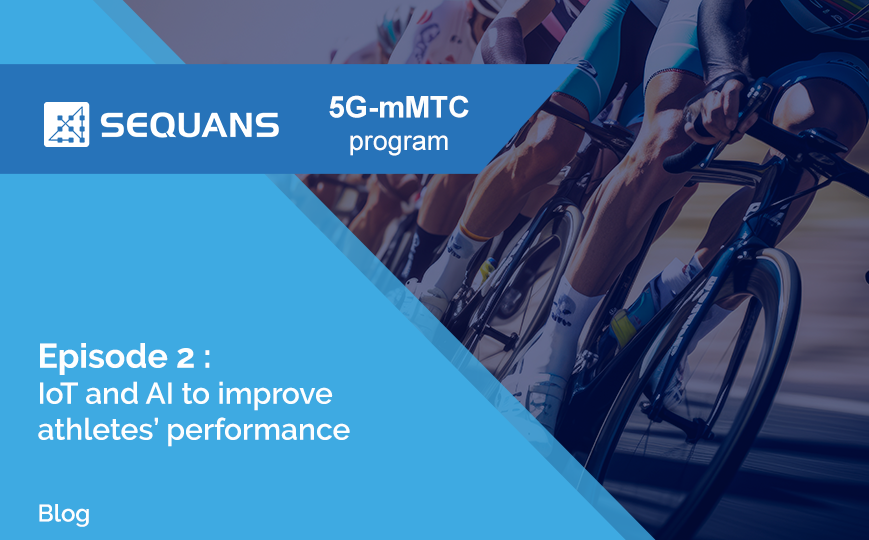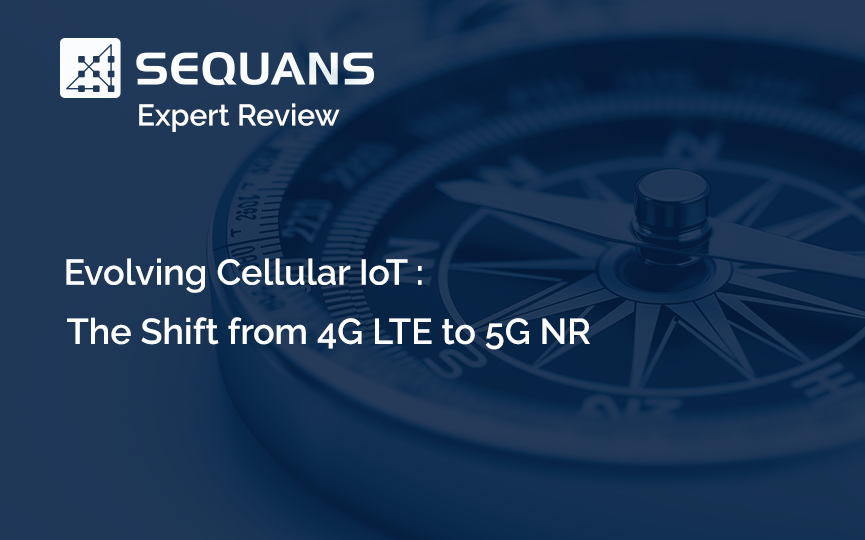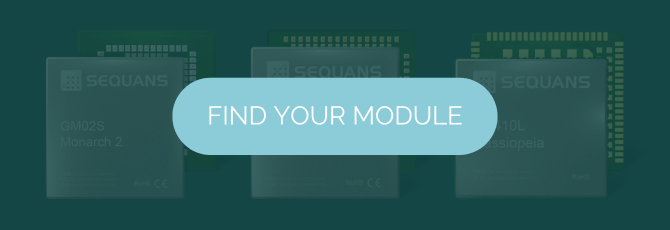The Internet of Things (IoT) is revolutionizing the world of sports by providing powerful tools to measure and enhance athletes’ physical performance. Thanks to IoT sensors, athletes can now track a multitude of real-time data such as heart rate, speed, distance covered, effort intensity, and even precise body movements. This information is essential for optimizing training, preventing injuries, and refining performance strategies.
With the Paris 2024 Olympic Games this summer, the use of IoT in athlete training proved to be a major asset. Teams analyzed the data collected by sensors to tailor training programs to the specific needs of each athlete. For example, sensors placed in shoes or on clothing can detect anomalies in posture or movements, allowing for quick corrections to prevent potential injuries.
Moreover, IoT enables highly personalized training sessions. The collected data is analyzed to provide tailored recommendations, adjusting exercises based on the goals to be achieved, whether it is improving endurance, strength, or speed. Coaches can also use this information to track athletes’ progress over time, identifying areas that need adjustments or additional effort.
Finally, these technologies are not limited to training. During competitions, such as the Paris 2024 Olympics, IoT sensors are used to monitor live performances, providing immediate feedback to athletes and their coaches. This ability to analyze performances in real-time could make the difference between a gold medal and an honorable mention, illustrating how IoT is becoming an indispensable tool in high-level sports.
A notable example is the sensor designed by Kanope as part of the 5gMMTC program, using Sequans Monarch 2 LTE-M/NB-IoT technology. This program is part of the France 2030 stimulus plan. This sensor, coupled with a network and software architecture, is currently being tested by the French Cycling Federation to improve the performance of the French cycling team. Installed under the cyclists’ saddles, the device collects data in real time from the sensors installed on the bike: speed, cadence, power, etc. This solution optimizes every aspect of the cyclist’s performance. This solution enables them to optimize every aspect of their training and competitive performance. Thanks to the applications developed and the use of AI and Machine Learning, the data is exploited more effectively, enabling areas for improvement to be identified quickly and systematically, and equipment and training to be adapted to the specific needs of each athlete. This makes athletes even more successful by learning what needs to be improved much more quickly and in a personalized way.
For more information, you can visit the 5G-mMTC web site : www.5g-mmtc.fr/





